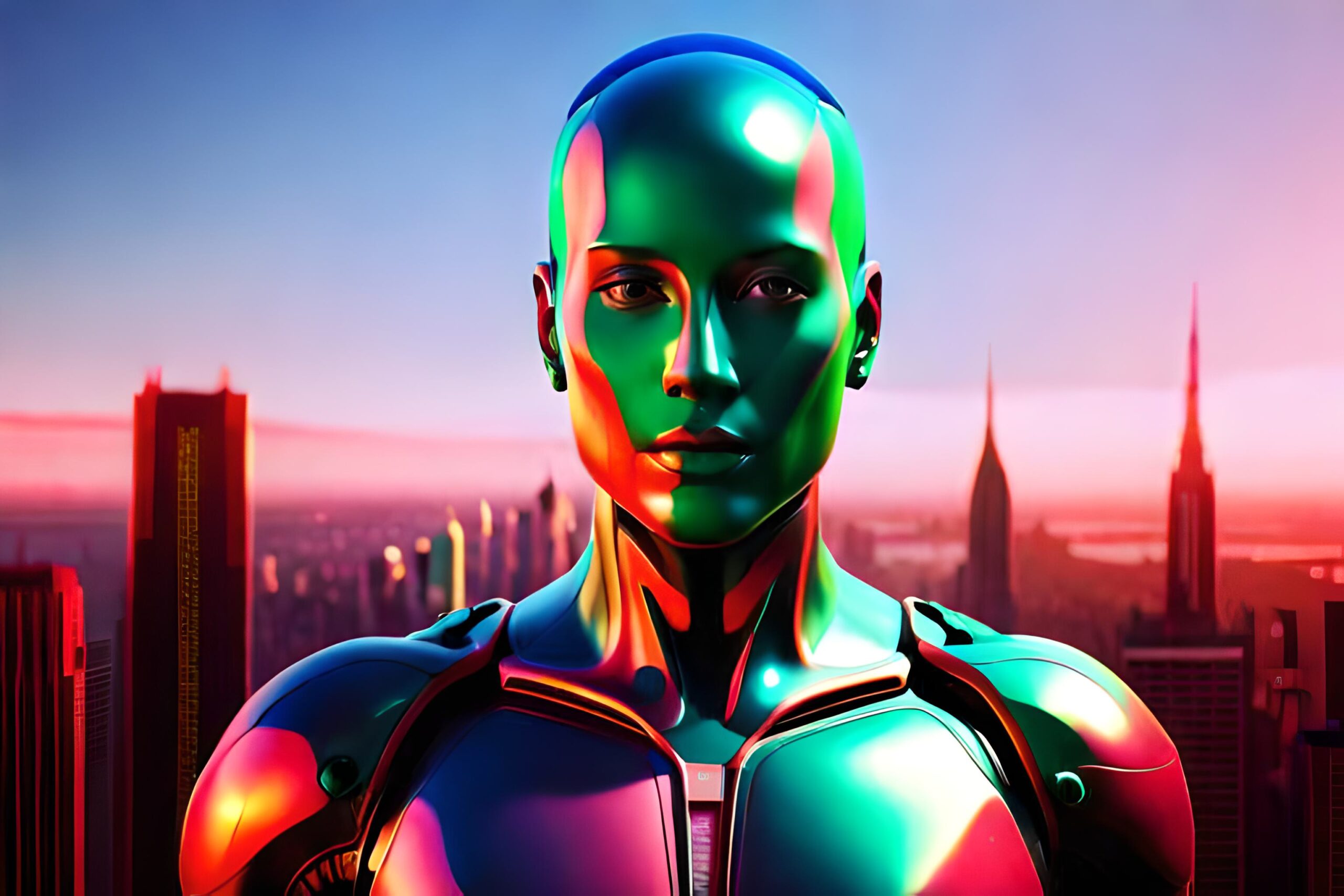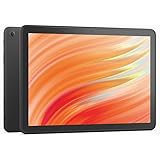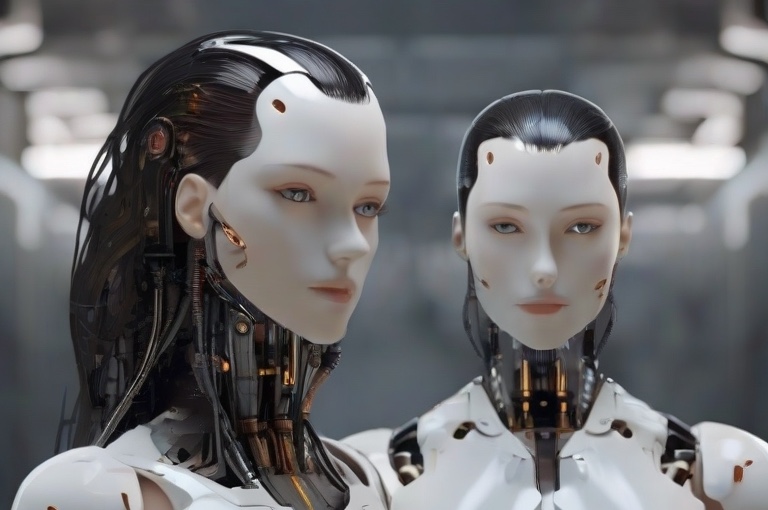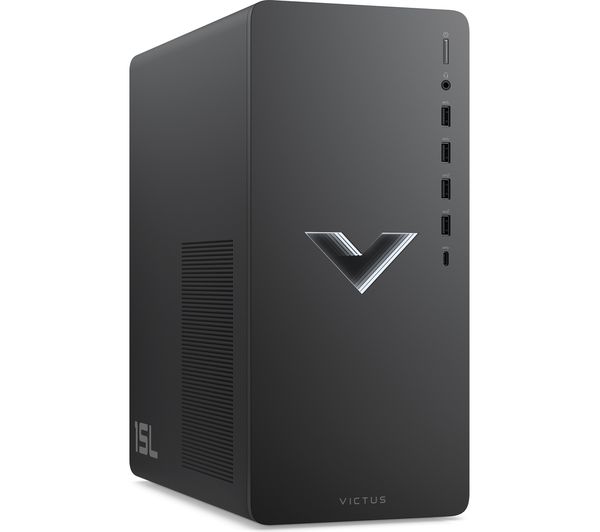Robotics is a rapidly evolving field, and artificial intelligence (AI) is playing a key role in its development. AI is helping robots to become more intelligent, adaptable, and capable of performing a wider range of tasks. As a result, robots are becoming increasingly common in our everyday lives, and their impact on society is only going to grow in the years to come.
One of the most significant ways that AI is changing robotics is by enabling robots to learn and adapt on their own. In the past, robots were typically programmed with a specific set of instructions, and they could only perform those tasks. However, AI-powered robots can learn new things by observing their environment and interacting with it. This makes them much more versatile and adaptable, and it allows them to perform tasks that were previously impossible.
For example, AI-powered robots are now being used in warehouses to pick and pack orders. These robots can navigate the warehouse autonomously, and they can identify and pick up the correct items from the shelves. They can also learn the layout of the warehouse over time, which allows them to become more efficient. A new smart sensor developed by researchers can recognize moving objects and predict their path using neuromorphic computing, which mimics the way the human brain processes visual information. Also, a team of researchers designed a system that makes an off-the-shelf quadruped robot nimble enough to walk a narrow balance beam, using a combination of reinforcement learning and model predictive control
AI is also helping robots to become more human-like. In the past, robots were often clunky and awkward, and they could not interact with humans in a natural way. However, AI is helping to create robots that are more lifelike and that can interact with humans in a more natural way. This is being done by developing robots with more expressive faces, more fluid movements, and better speech recognition.
As a result of these advances, robots are becoming increasingly common in our everyday lives. They are already being used in a wide variety of industries, including manufacturing, healthcare, and customer service. And as AI continues to develop, we can expect to see even more robots in our lives in the years to come.
Here are some of the ways that AI is changing the field of robotics:
- In manufacturing, AI is being used to develop robots that can learn and adapt to new tasks. This means that robots can be used to automate a wider range of tasks, which can lead to increased productivity and efficiency. For example, robots are now being used to weld car parts, assemble electronics, and package food.
- In healthcare, AI is being used to develop robots that can assist with surgery and provide care for the elderly and disabled. These robots can be used to perform delicate tasks that are difficult or dangerous for humans. For example, robots are now being used to perform surgery on the brain and heart. They are also being used to help people with disabilities walk and talk.
- In other industries, AI is being used to develop robots that can fly, swim, and even climb walls. These robots have the potential to revolutionize a wide range of industries, from search and rescue to disaster relief. For example, robots are now being used to search for survivors in collapsed buildings and to clean up oil spills.
Here are some of the potential benefits of AI-powered robotics:
- Increased productivity and efficiency. Robots can automate tasks that are currently done by humans, which can lead to increased productivity and efficiency. This can save businesses money and time, and it can also free up human workers to focus on more creative and strategic tasks.
- Improved safety. Robots can be used to perform dangerous or hazardous tasks that are currently done by humans. This can help to protect workers from injury or death.
- Enhanced quality control. Robots can be used to perform tasks with a high degree of precision and accuracy. This can help to ensure that products are manufactured to a high standard.
- New possibilities. AI-powered robotics opens new possibilities for innovation. Robots can be used to develop new products and services, and they can also be used to solve problems that were previously thought to be impossible.
Of course, there are also some potential risks associated with AI-powered robotics.
- Job displacement. One of the biggest concerns about AI-powered robotics is that it could lead to job displacement. As robots become more capable, they will be able to automate more and more tasks that are currently done by humans. This could lead to job losses in a variety of industries, including manufacturing, agriculture, logistics, and customer service.
- Safety concerns. Another concern about AI-powered robotics is safety. Robots are machines, and like all machines, they can malfunction. If a robot malfunctions while it is operating in a dangerous environment, such as a factory or a warehouse, it could cause serious injuries or even death. Additionally, robots could be hacked by malicious actors, which could also pose a safety hazard.
- Ethical concerns. Some people have ethical concerns about the use of AI-powered robotics. For example, some people are concerned about the potential for robots to be used for warfare or surveillance. Additionally, some people are concerned about the potential for robots to become so intelligent that they pose a threat to humanity.
- It is important to note that these are just some of the potential challenges of AI-powered robotics. It is also important to note that these challenges are not insurmountable. With careful planning and development, we can ensure that AI-powered robotics is used in a safe and ethical way that benefits all of society.
As a result of these changes, we can expect to see robots playing an even greater role in our lives in the years to come. Robots will be used to perform a wide variety of tasks, from manufacturing and healthcare to customer service and entertainment. They will also become increasingly integrated into our homes and workplaces, helping us to live more productive and comfortable lives.
Overall, the future of robotics is bright. AI is helping to make robots more intelligent, human-like, and affordable. As a result, we can expect to see robots playing an even greater role in our lives in the years to come.





















